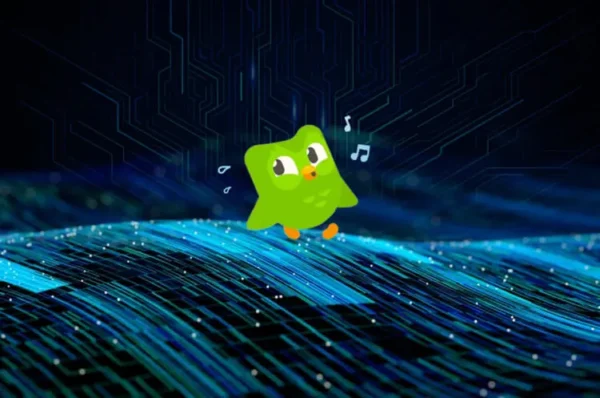

When Duolingo announced it was going “AI-first,” users felt betrayed. Over 18.4 million people on TikTok mocked the company, with some deleting the app in protest and others giving up streaks they’d kept for years. What should’ve been a company update has turned into a PR disaster.
You know, you’re facing a communication crisis when you’re losing your die-hard fans left and right. That’s exactly what is happening to Duolingo: five-year streaks are being abandoned because users feel the company has become out of touch. Announcement of going AI-first in recession, when people hold on to their jobs to stay afloat, looks very tone-deaf and out of place. When people perceive that the company is greedy and stops having employees’ best interests at heart, even the most loyal users will walk away. Remember: brand loyalty doesn’t always mean ultimate forgiveness, and Duolingo is a perfect example of that.
Duolingo blew up because it got Gen-Zified. With the fun TikTok trends they jumped on, and their whimsical mascot, Duolingo became part of internet culture. But they mistook the facade of coolness for actual relatability. Gen Z isn’t blindly excited about AI: they associate it with job loss, creative erasure, and companies being too greedy to pay a salary. So when Duolingo announced going AI-first, it felt like a total betrayal and hypocrisy. The brand that once “got it” suddenly didn’t. You can’t build trust by joking around online and then ignoring your audience’s values. If you’re introducing AI, especially to a younger crowd, you have to explain the why and make it clear you’re not just doing it to cut costs or speed things up.
Instead of addressing criticism head-on, Duolingo quietly wiped TikTok and Instagram content. The result? The wave of hate, because things like blocking comments, deleting posts, and ignoring the crisis are read as guilt.
People expect transparency from companies, so waiting out the storm isn’t the best decision. If going AI-first is part of your strategy, explain why it’s there, what it replaces, and what human oversight remains. Give context before users fill in the blanks with distrust. A messy but honest explanation always lands better than an awkward silence.
Written by Nadya Movchan, founder of Movchan Agency








